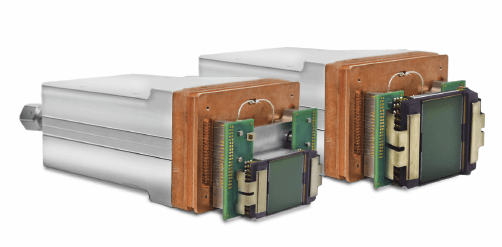
Princeton Instruments, a leading manufacturer of high-precision scientific imaging and spectroscopy equipment, announced today the immediate availability of two large-format in-vacuum CCD cameras engineered specifically for direct detection in VUV, EUV, and x-ray imaging applications from ~10 eV to 30 keV.
Rated at 10-9 Torr, new Princeton Instruments PI-MTE3 cameras are designed for applications such as x-ray microscopy, x-ray spectroscopy, x-ray phase contrast imaging, x-ray diffraction, deep-UV lithography, and semiconductor metrology. An offset CCD detector provides close access to samples for small-angle x-ray scattering (SAXS) and low-grazing-incidence applications.
PI-MTE3 2048B and 4096B camera models utilize 2k x 2k (30.7 mm x 30.7 mm) and 4k x 4k (61.4 mm x 61.4 mm) back-illuminated CCDs, respectively, to offer >95% peak quantum efficiency. Due to their four-port readout architecture, these new, low-noise, 16-bit cameras provide frame rates up to 7x to 10x higher than previous-generation two-port cameras.
The cameras’ efficient liquid cooling results in low dark current, facilitating long integration times, whereas an advanced thermal design permits 24/7 operation in-vacuum. Princeton Instruments ensures optimum PI-MTE3 application performance and reliability by conducting 100% in-vacuum testing, including cables and cooling tubes.
Our engineers have meticulously designed every element of the PI-MTE3 for use in vacuum environmentsThese new x-ray cameras are ideal for a broad range of laboratory, synchrotron, and OEM system applications.
Michael Melle, Imaging Product Manager, Princeton Instruments
PI-MTE3 cameras are supported by Princeton Instruments’ renowned 64-bit LightField® imaging and spectroscopy software, available as a system option. LightField provides hundreds of user enhancements, including a powerful built-in math engine to perform live data analysis as well as real-time flatfield and background correction. LightField also permits direct control from third-party packages such as LabVIEW® (National Instruments), MATLAB® (MathWorks), Python® (PSF), and EPICS synchrotron software.